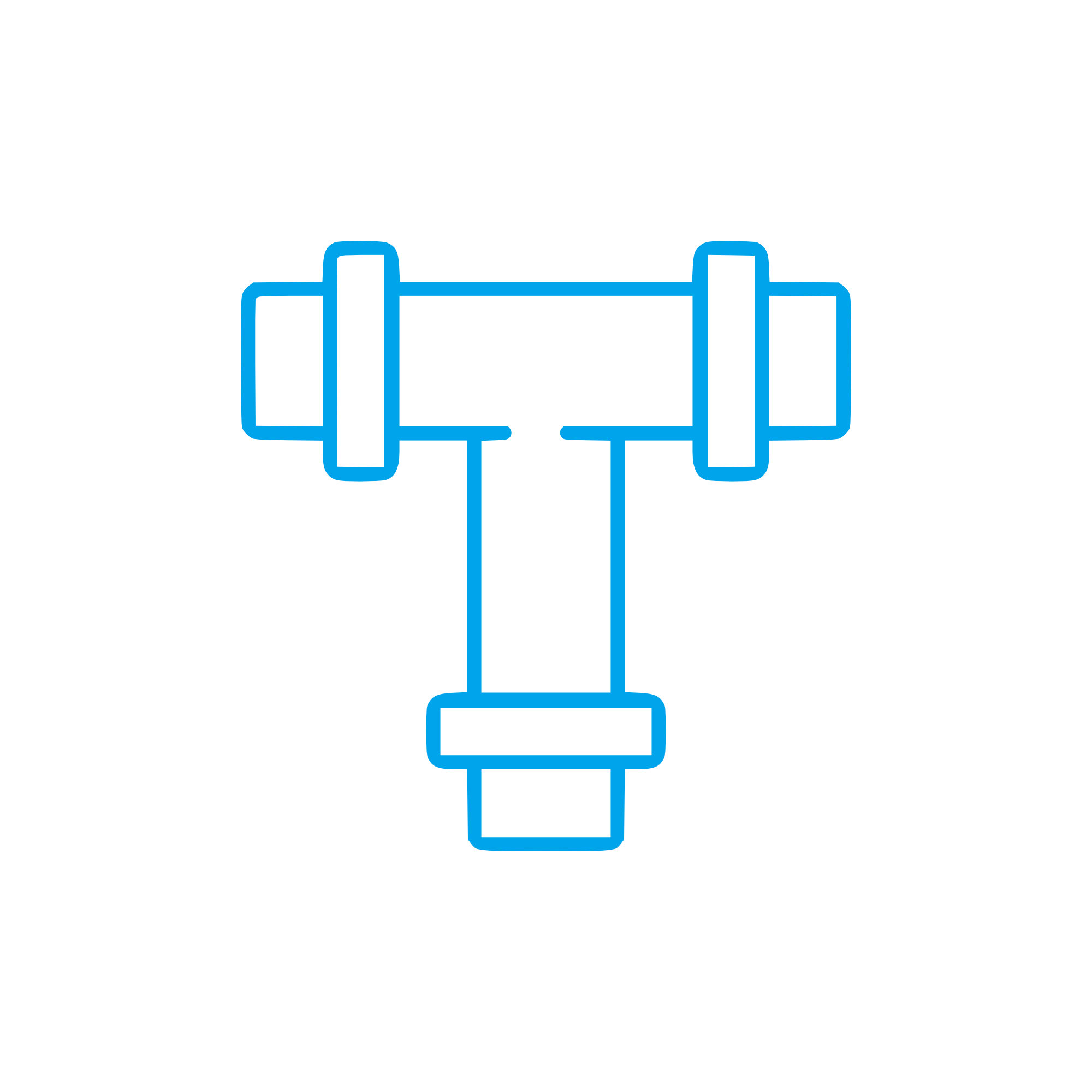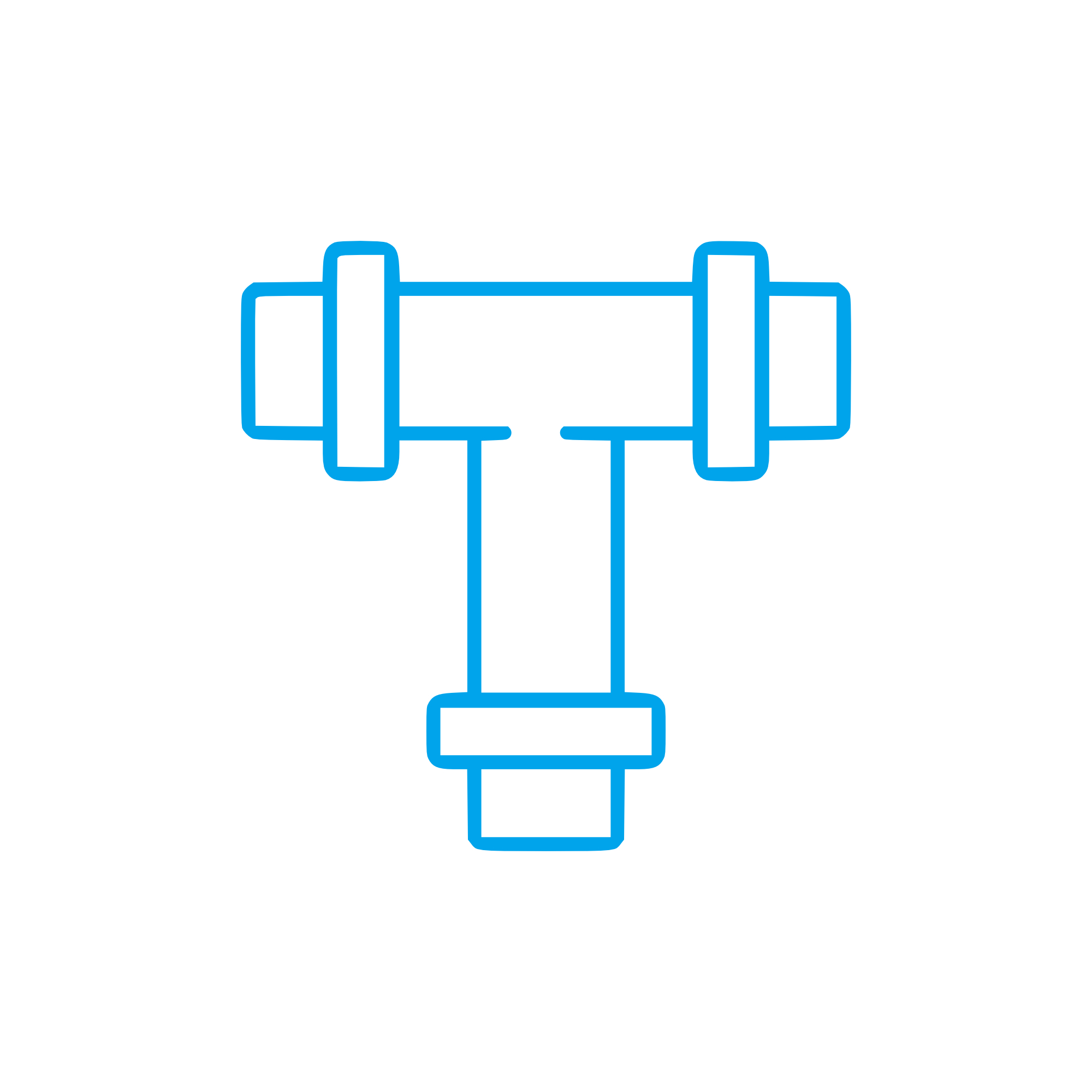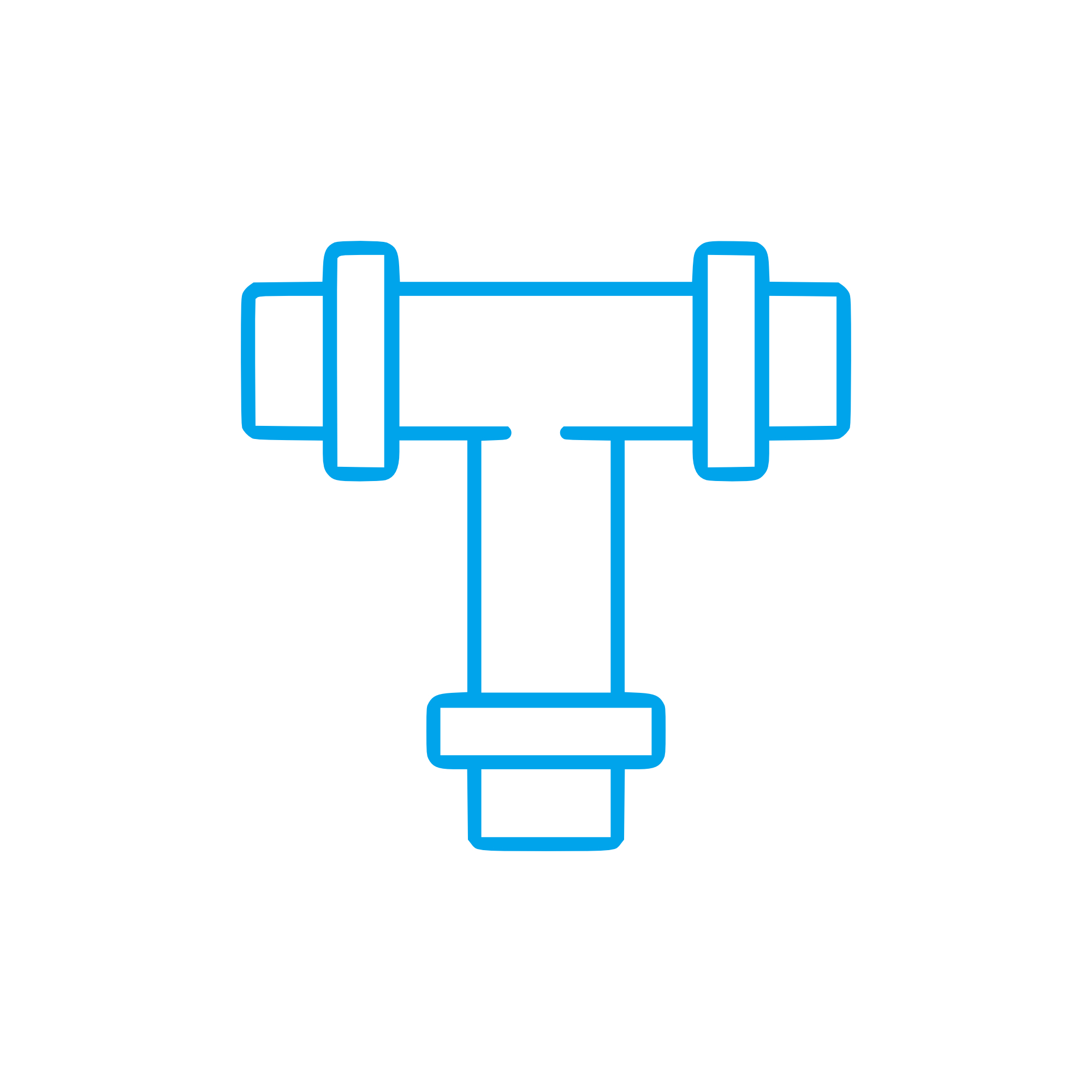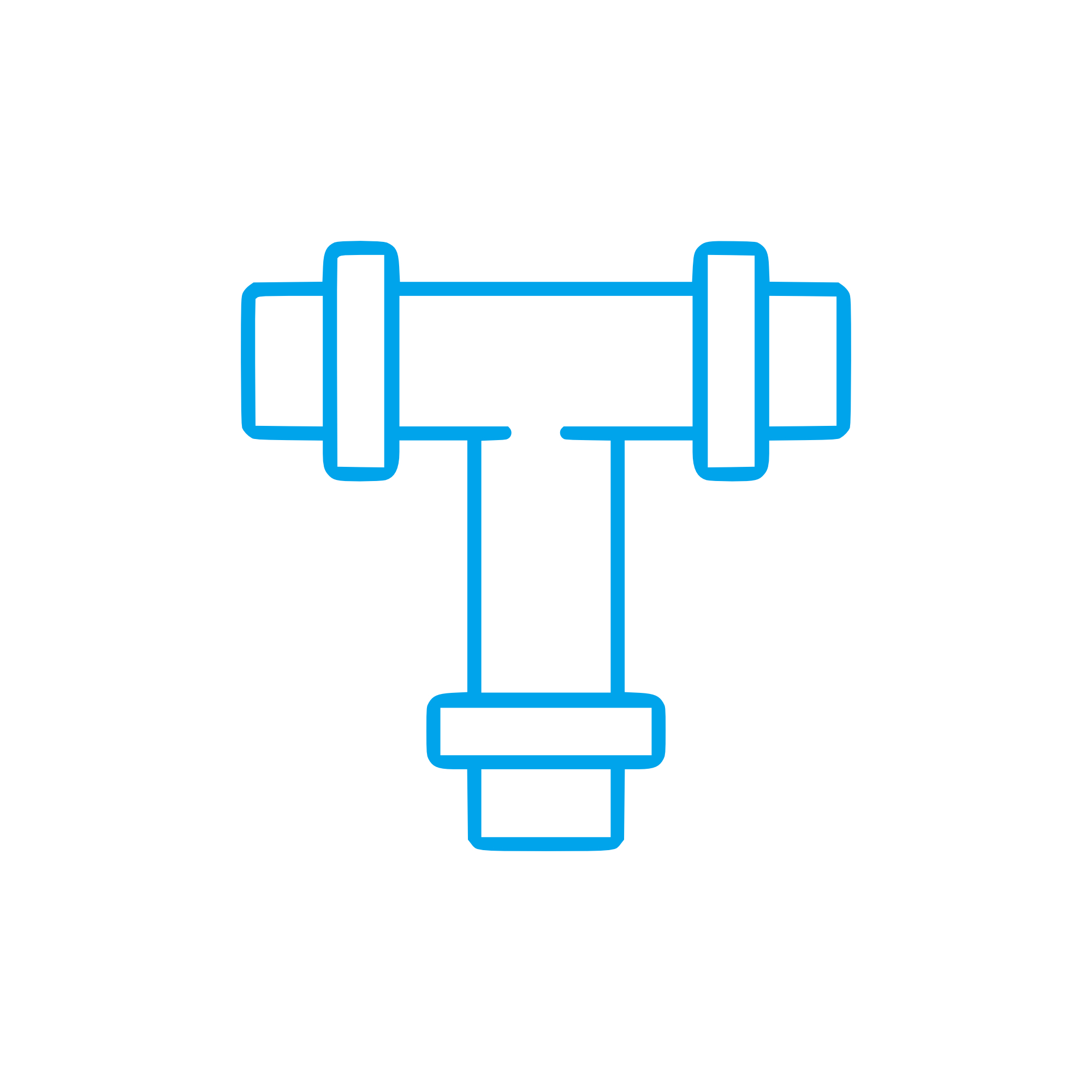OIL SUCTION LINE – Lines and pipes for marine, diesel and gas engines
Lines and pipes are the circulatory system of every combustion engine. They route lubricating oil, fuel, coolant, compressed air, and crankcase gases with precise flow and pressure to where these media are needed. Within this network, the OIL SUCTION LINE is a core component: it connects the sump to the lube oil pump and ensures stable oil supply to critical bearings, camshafts, and turbochargers. Whether installed in a high-speed generator set, a two-stroke marine engine, or a large four-stroke diesel engine, high-quality lines and pipes keep the engine running efficiently and safely.
In heavy-duty applications, lines and pipes must withstand vibration, temperature shifts, corrosion, and long service intervals. Robust design, tight manufacturing tolerances, and verified cleanliness are therefore essential. When the OIL SUCTION LINE and associated piping are correctly engineered and maintained, the lubrication circuit stays primed, pressure remains stable, and component wear is minimized—key to uptime and lifecycle cost control.
Technical function of Lines and pipes and the OIL SUCTION LINE in a diesel engine
The OIL SUCTION LINE works on the low-pressure side of the lubrication circuit. Its job is deceptively simple: present an unrestricted, air-free oil path to the pump inlet. In a diesel engine, this means adequate internal diameter, gentle radii, clean internal surfaces, and reliable sealing at each connection. Any restriction on the suction side—kinked hose, undersized pipe, blocked strainer, or collapsed liner—raises inlet vacuum, risks air ingestion, and can cause pump cavitation. The consequence is unstable oil pressure and accelerated wear on bearings and journals.
In a marine engine, the OIL SUCTION LINE must also cope with hull motion, sloshing, and thermal expansion. Correct pickup height, anti-vortex baffles, and well-clamped routing avoid uncovering the suction during roll and pitch. Materials are chosen for corrosion resistance and mechanical stability: seamless steel or stainless tubes for fixed runs, flexible hoses with reinforced liners for vibration break points, and precision flanges or compression fittings for leak-tight joints. OEM parts for the OIL SUCTION LINE are validated for collapse resistance under vacuum, compatibility with engine oils, and dimensional fit with the pump housing and sump interface.
Beyond the lube system, lines and pipes perform similarly critical roles: fuel lines maintain precise injection pressures and protect against leaks; coolant pipes control temperature gradients; air and boost pipes sustain charge pressure with minimal losses. Together, they determine the engine’s breathing, lubrication, and thermal balance.
- · Low restriction flow paths reduce pressure drop and protect the oil pump.
- · Rated for temperature, pressure, and vacuum loads typical of heavy-duty engines.
- · Corrosion-resistant materials (e.g., stainless, CuNi for seawater service) extend service life.
- · Vibration-optimized routing with supports, clamps, and flexible couplings.
- · High-integrity end connections: flanged, flare, or compression fittings with correct sealing faces.
- · Cleanliness-controlled interiors; flushed and pickled to reduce contamination (ISO cleanliness targets).
- · Hydrostatic and leak testing; documented compliance and material traceability (e.g., EN 10204 3.1).
- · Geometry that matches engine layout for fast installation and reliable alignment.
Why Lines and pipes are crucial for reliability and service life
Stable lubrication and cooling hinge on the integrity of lines and pipes. A worn or perished OIL SUCTION LINE can flatten under vacuum, admit air at a flange, or shed internal liner particles—each scenario undermines oil pressure stability. The immediate risks include bearing scuffing, turbocharger damage, and camshaft wear. Over time, even minor restrictions raise oil temperatures and oxidize the lubricant faster, increasing maintenance frequency.
Similar risks apply across the network: fuel pipe leaks raise fire risk and reduce injection precision; coolant pipe corrosion accelerates hot-spot formation and head gasket failure; cracked charge-air pipes drop boost and increase specific fuel consumption. Proactive inspection—checking clamps, chafe points, hose dates, and supports—combined with timely replacement of aging lines prevents unscheduled downtime. On larger installations, adding a vacuum gauge to the OIL SUCTION LINE helps detect rising restriction before it becomes a failure.
Advantages of OEM spare parts suitable for Lines and pipes and OIL SUCTION LINE OEM parts
Using OEM spare parts suitable for lines and pipes protects performance, budget, and service life in measurable ways. Dimensional accuracy ensures correct routing and eliminates stress at joints. Verified materials and coatings resist corrosion and collapse under suction, particularly important for the OIL SUCTION LINE in a marine engine or land-based generator. Pressure and vacuum testing on OEM parts reduce the risk of early leaks, air entrainment, and subsequent bearing failures.
For purchasers and technical managers, OEM spare parts also shorten installation time and reduce rework: the correct bend radii, flange patterns, and sealing faces fit the engine without modification. Documentation supports audits and class approvals, and consistent components streamline spares inventories across similar diesel engine platforms. In short, OEM parts maintain the engineered flow characteristics the engine was built around—securing efficiency and uptime.
MOPA – your partner for OEM OIL SUCTION LINE and Lines and pipes
MOPA supplies OEM spare parts for lines and pipes with a focus on speed, quality, and security in the international trade of parts for diesel and gas engines. From a single OIL SUCTION LINE assembly to complete lubrication, fuel, and coolant pipe sets, MOPA sources precisely matched components for marine engine and power generation applications. Customers benefit from fast quotation, reliable delivery schedules, and parts with verified specifications and test documentation.
Our network covers established engine platforms and hard-to-find references, enabling short lead times on critical-path items. With MOPA, purchasers and shipowners secure consistent product quality and reduce operational risk—keeping engines online and projects on schedule.
Conclusion
Lines and pipes—especially the OIL SUCTION LINE—are foundational to engine reliability, efficiency, and safety. Correctly engineered flow paths and verified components protect lubrication, cooling, and fueling under real-world operating conditions. Choosing OEM spare parts suitable for lines and pipes preserves performance, minimizes downtime, and extends service life across marine, diesel, and gas engine fleets.





